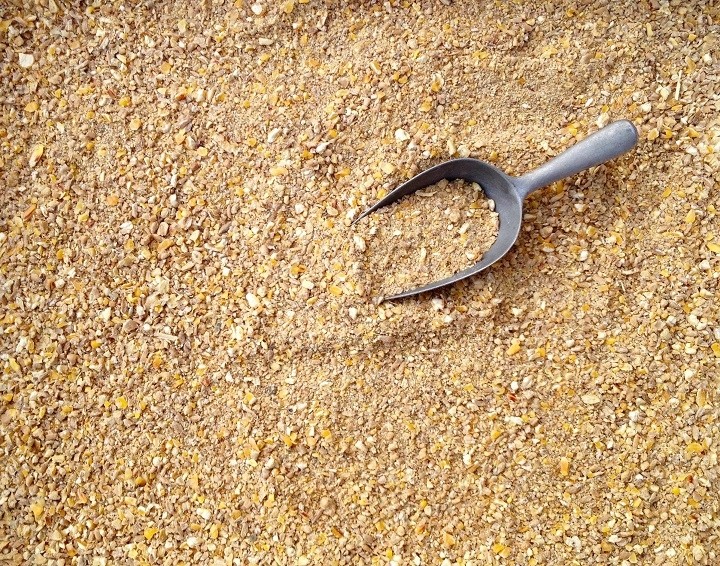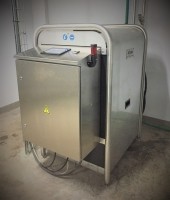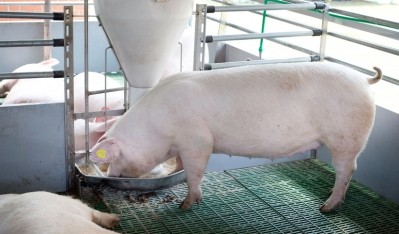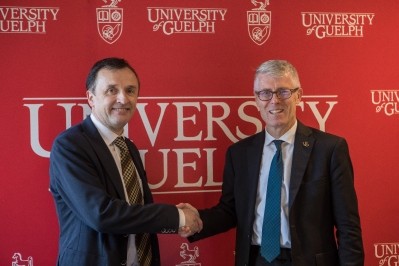Moisture control in feed mills could result in real savings

The moisture level within feed can have significant impact as it is directly related to nutritional quality, said Dr Prince Nanda, global product manager, Trouw Nutrition, speaking to this publication last month.
“Variable moisture means variable nutritional quality of the finished feed,” he said.
Trouw Nutrition has an in-line system, based on microwave technology, to monitor and adjust moisture levels within chosen boundaries by the feed miller. Its moisture management system (MMS) regulates itself to reach set moisture targets.
The company has seen an improvement through moisture optimization of 0.5-1%, on average, in terms of overcoming the losses in raw material that occur during feed processing. Converting that data into actual tonnage, 1% would be equivalent to 10kg per metric ton of feed, which translates into significant gains on an annual basis, he said.
“Apart from this, if we maintain the correct moisture on a real-time basis throughout the process, we see there is a positive impact on energy consumption as well inside the feed mill. We have seen, generally, there is a 10% reduction in the energy consumption of a pelletizer if a feed mill uses moisture optimization.
"The benefits are multi-faceted in my view.”
Wider deployment
While Trouw Nutrition has been perfecting the art and science of moisture control in feed mills for the past two decades, Dr Nanda said there is plenty of room for greater take-up of such technology in feed facilities globally.
“I would say it is fairly new in terms of its application in feed mills. Just to put it into perspective, this kind of moisture control technology is only being done in 10% of feed facilities worldwide.”
In terms of the markets where the company is hoping for greater deployment of its MMS system, he said the major focus is on Africa, Asia and Latin America.
Moisture optimization in tropical countries is paramount, where you have variation in raw material quality, more relative humidity, with higher temperatures that can promote molds in raw material, and can also encourage moisture loss, said the Trouw Nutrition expert.
He sees the feed manufacturing industry, globally, becoming more competitive, with this factor driving the need for micro efficiencies; companies want to gain an edge, get operational excellence over others, a trend that is spurring interest in such platforms as its MMS.
“The focus on quality is also increasing day by day. A moisture management program helps ensure consistent quality.”
The technology is complementary to customers who use Trouw Nutrition’s products – mixtures of organic acids and surfactants – to boost moisture retention in the finished feed, he explained. “We strive to ensure the return on investment for our customers”
How it works is that Trouw Nutrition installs a microwave sensor inside the feed manufacturing plant, on the production line; the sensor reads the moisture values for every batch. “There is always batch-to-batch variation for moisture, and whatever the deviation, our dosing equipment will compensate for that variation on a real-time basis.”
The microwave sensor can measure the moisture levels inside the feed, can penetrate deeper into the feed particles compared to NIR technology, which only tends to take surface measurements, he said.
Once the MMS is set up and calibrated correctly, it is very user friendly, added Dr Nanda.



















